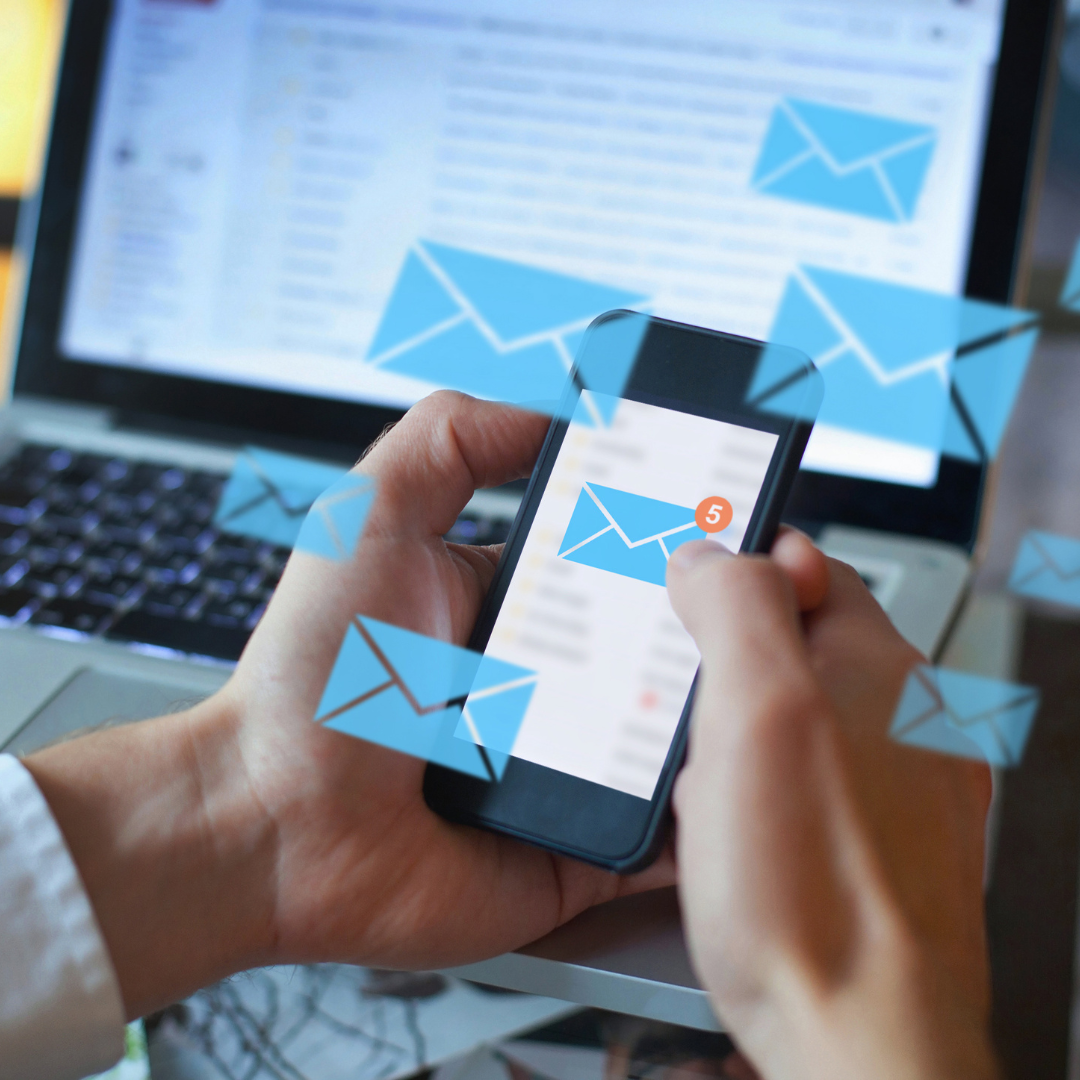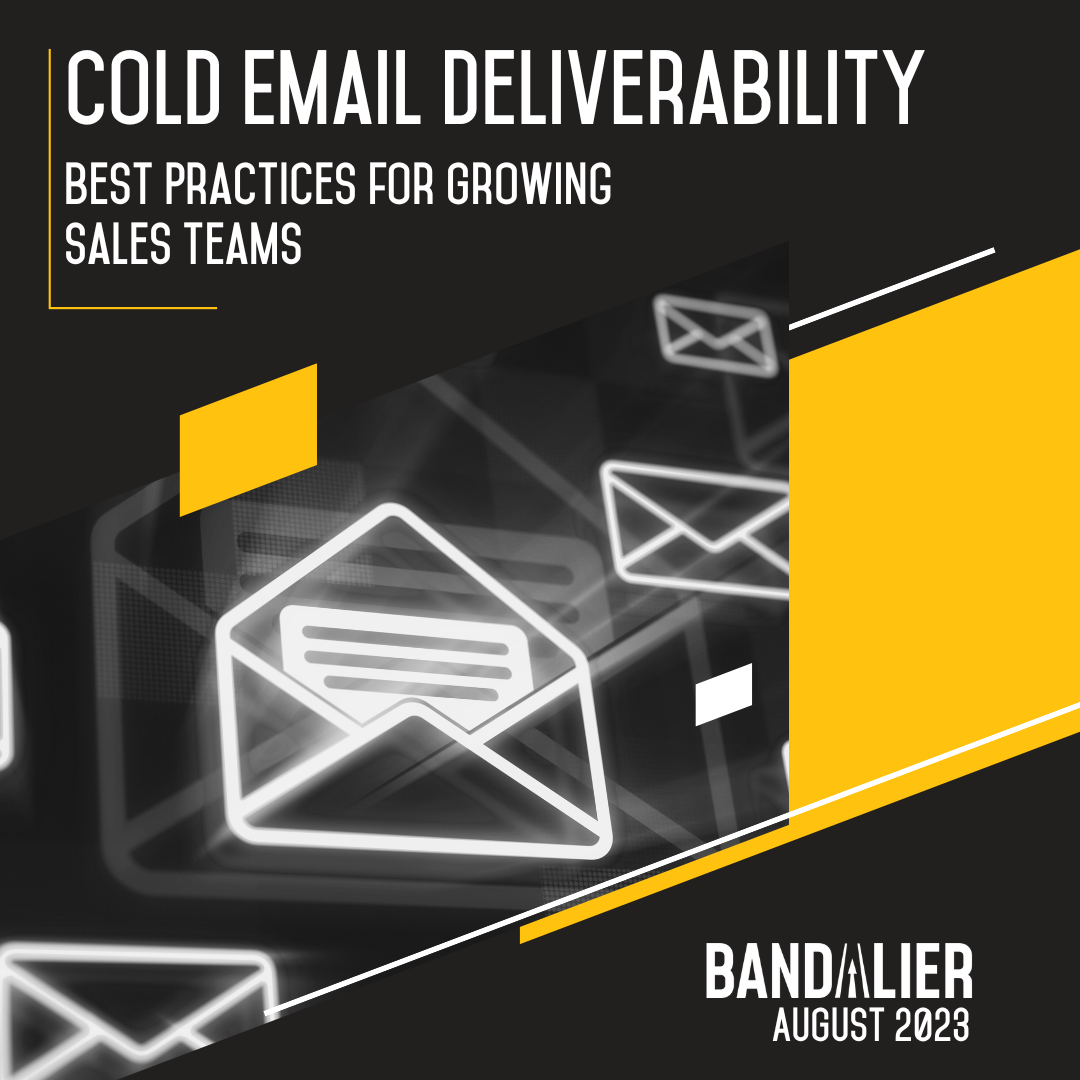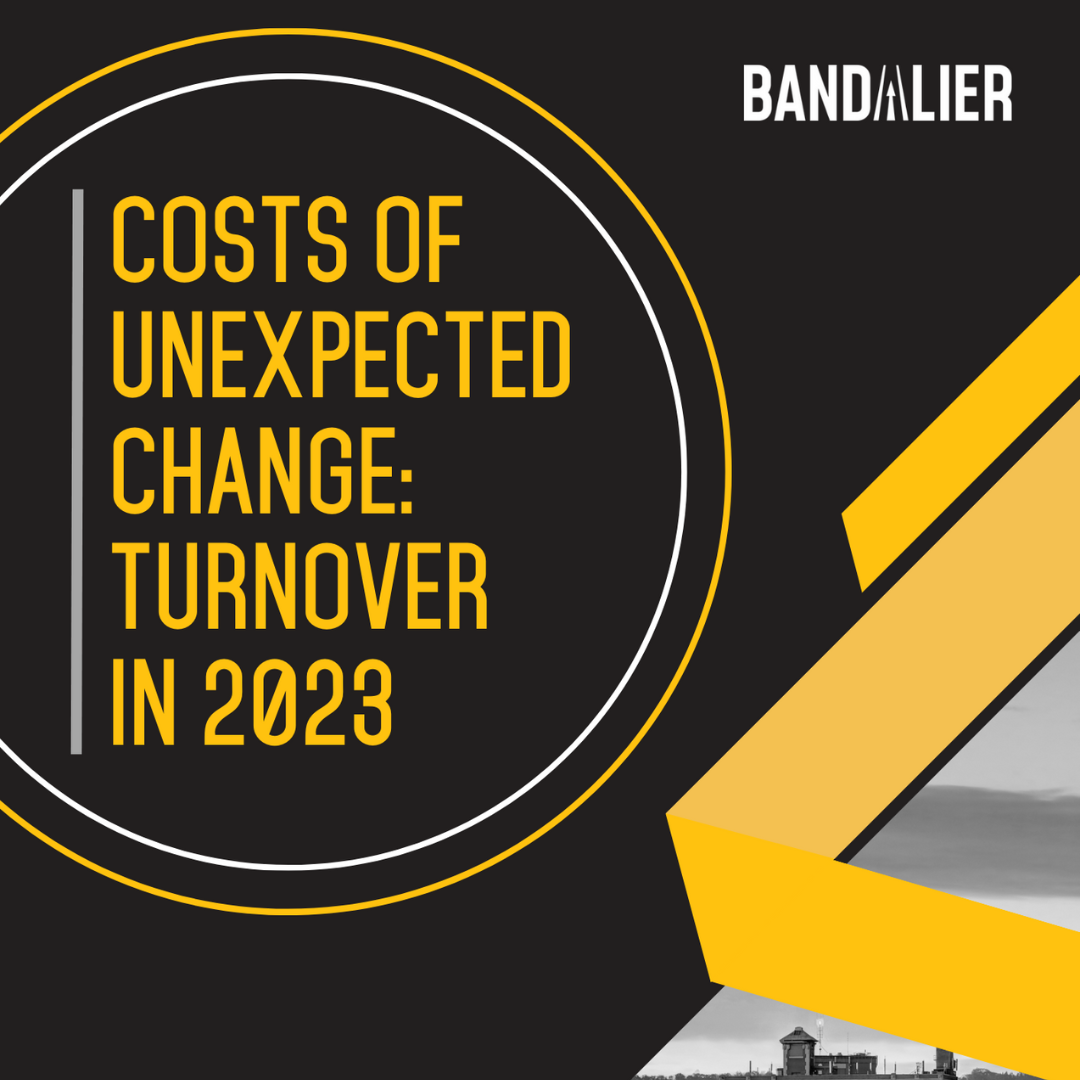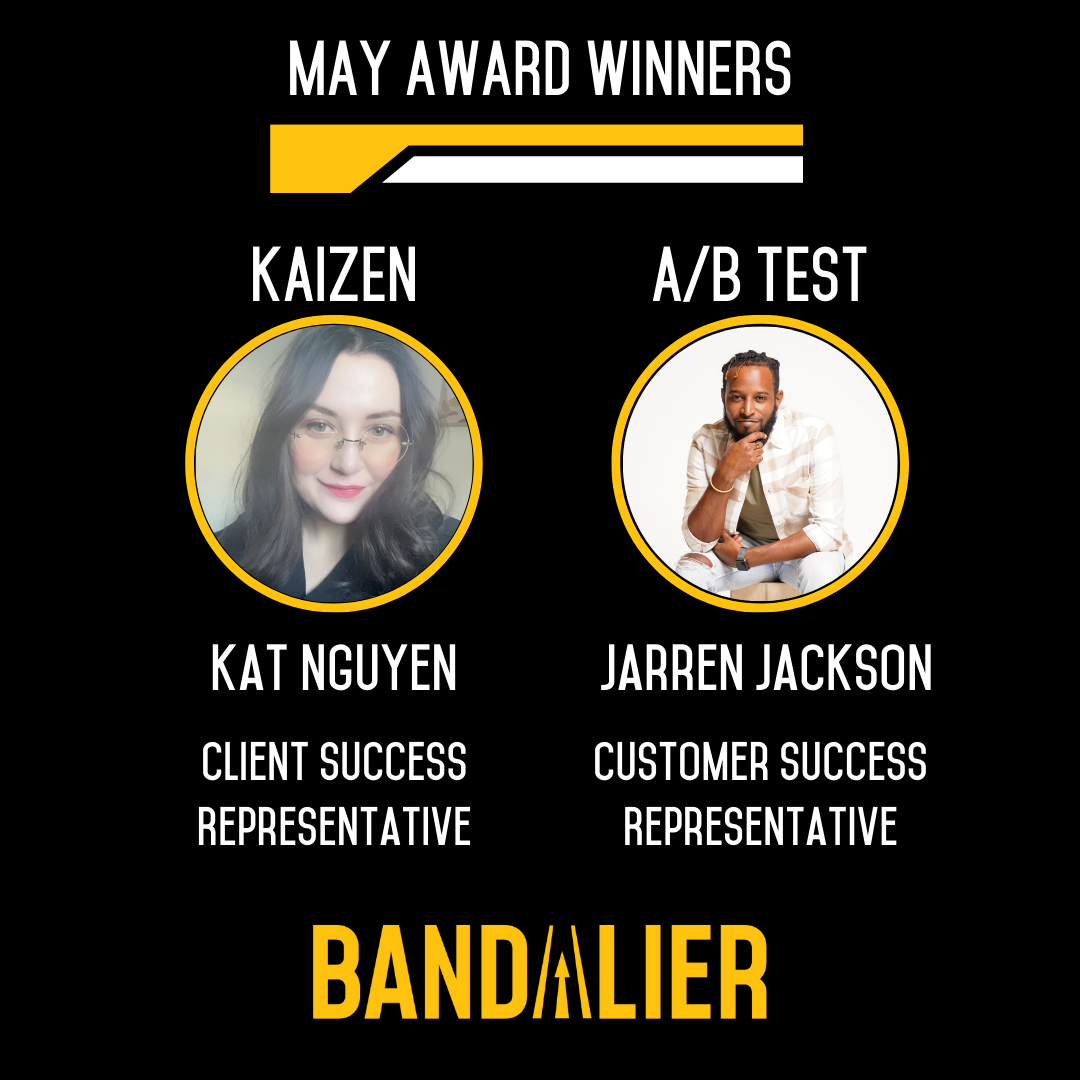Bandalier has launched dozens of outsourced sales teams for start-ups. When you’re writing an email to connect with new sales prospects, your team needs to build a positive impression quickly. Our team members are experts in launching cold email outreach campaigns, and we’re here to share our most impactful tips.
Key Questions to Ask Before Launching a New Campaign
Before you start your cold email outreach, run through this list of questions to make sure you’re prepared.
- Are your team’s email signatures up-to-date? Do they contain enough information for your prospects to get back in touch with you?
- Have you created enough email templates for your team? Do those templates have space for personalization?
- Are you using a consistent font across every section of every email template? Is that font easy to read? Are your links consistently formatted?
- Do your messages meet GDPR or CCPA guidelines? If not, how will you alter your outreach to maintain compliance?
- Have you enabled email tracking? Are you confident that your open and reply rates are being tracked correctly?
- Are you maintaining the health and reputation of your email domain? If you set up new addresses for this campaign, have you sent messages to warm them up?
Once you’ve answered these questions, you’ll be prepared to launch your new campaign. However, this list only covers the basics – there are more variables to consider for a successful email campaign.
Best Practices for Starting Cold Email Outreach
Focus on First Steps
Your first message is your biggest opportunity to make a connection. During a recent review of our sales process, we found that 55% of our replies came from the first email we sent.
How can you write a great first-step email?
Prioritize Personalization
Personalization is critical for successful sales outreach. In each email, you should include at least two personalized fields. Most sales platforms will support automated personalization using tokens to pre-fill your prospects’ name, their company’s name, or other pieces of information you’ve added to their profile. However, if you’re only adding a name here and there, most of the people you contact will know that they’re receiving a templated sales email.
Take the time to add personalized sentences. Bandalier’s sales team has seen the best results from double personalization. Incorporating a few unique lines at the beginning and end of your first email is an excellent way to make connections.
Coach your team to research their prospects before reaching out. With 5 minutes of research, your sales reps should be able to find something to say about the prospect’s LinkedIn page, the company’s mission, or another relevant piece of information. Make sure these personalizations are truly unique, too – complimenting someone’s volunteer work or recent promotion will make a much different impact than mentioning the company’s goals or quarterly profits.
Know Your Prospect
As you reach out to different people, think about tweaking the style of your email. Different industries have different standards of communication, and mirroring the way your prospect communicates can help establish your credibility.
Sales teams move fast. You’ll often see sales leaders writing in clipped sentences. Technically, they may be sentence fragments, but they cut right to the heart of the matter. Efficiency is key. Numbers are critical. Share skimmable content that emphasizes data.
You can use your research to determine how you should communicate with your prospect. You’ll likely get a sense of their communication style from their LinkedIn page. Similarly, reviewing long-form content on the company website will help you understand how their team typically communicates. Use the knowledge to tweak your template and make your messages even more personalized.
Be Specific
Throughout your messaging, make sure that you’re setting clear expectations for your prospect. If your first email seems like it will be your only email, prospects won’t expect to hear from you again. Wrapping up your first step email by checking for interest is a good option to keep the conversation flowing – you’re leaving yourself space to follow up.
Let’s review two common concluding sentences:
“If that sounds interesting, let me know.”
This phrasing puts the follow-up on your prospect. If they’re interested in what you’ve offered, they’ll let you know. If they’re not interested, they won’t say anything. Even if they are interested, what would the next steps look like?
“Does that sound interesting?”
This may be a close-ended question, but you’ve held onto the reins of the conversation. It’s up to them to reply. When you follow up, you’ll have the opportunity to check their interest again.
As you send follow-up messages to your prospect, stay specific about your next steps. That might mean mentioning the name of the person you last spoke with or letting them know when you plan to follow up again.
Always Add Value
One common mistake we’ve seen sales teams make is to stop adding value to their outreach. Their email templates drop the value proposition and meeting request in the first email, and their follow-up emails continue asking for interest or availability without demonstrating the value of it.
Instead of dropping all of your information immediately, keep sharing relevant information as you follow up with your prospect. Your first message should contain an abbreviated value prop and conclude with a quick interest check. In your second message, you can share more details about the value of your offering. Throughout your outreach sequence, thread in personalized videos, relevant articles about industry-specific events, research about the pain you help resolve, and other items to capture your prospects’ interest.
Keep Testing
Even after following all of the best practices for creating a new cold outbound email campaign, you’ll need to track your performance. The advice we’ve offered has made significant positive impacts for our outsourced inside sales teams – but the thing that makes the greatest difference is tweaking your outreach based on the results you see.
Chat with your team about A/B testing different portions of your outreach. How do different subject lines impact your open rates? How does changing the body of your email change the replies you receive? Do people respond more often if you send emails at different times of the day? How does changing your email signature affect your results?
If your team doesn’t have the capacity to run tests or could use some extra capacity to ramp up your cold email outreach, contact Bandalier – our outsourced inside sales representatives are ready to help.














